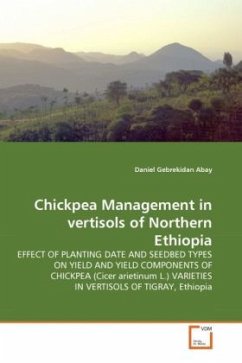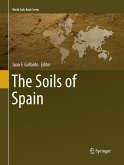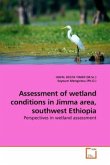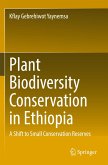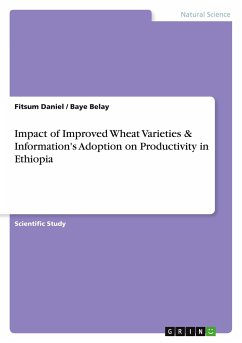Chickpea is one of the most important cool season food legumes in Ethiopia. It forms an integral part of diet for the majority of the rural and poor class of the urban population. It is endowed with unique property of maintaining and restoring soil fertility through biological nitrogen fixation. Despite the above facts, chickpea yield in the country is low. This low yield can be attributed to factors such as blights, wilts, root rots and inappropriate planting date and seedbed preparation methods. Appropriate planting date and seedbed type for chickpea varieties were not identified in Tigray Region. There fore this book can contribute to identify optimum planting date and seedbed type for chickpea varieties across locations and to examine the interaction effect between planting date and seedbed types on chickpea varieties that result in maximum yield and yield components.
Bitte wählen Sie Ihr Anliegen aus.
Rechnungen
Retourenschein anfordern
Bestellstatus
Storno

